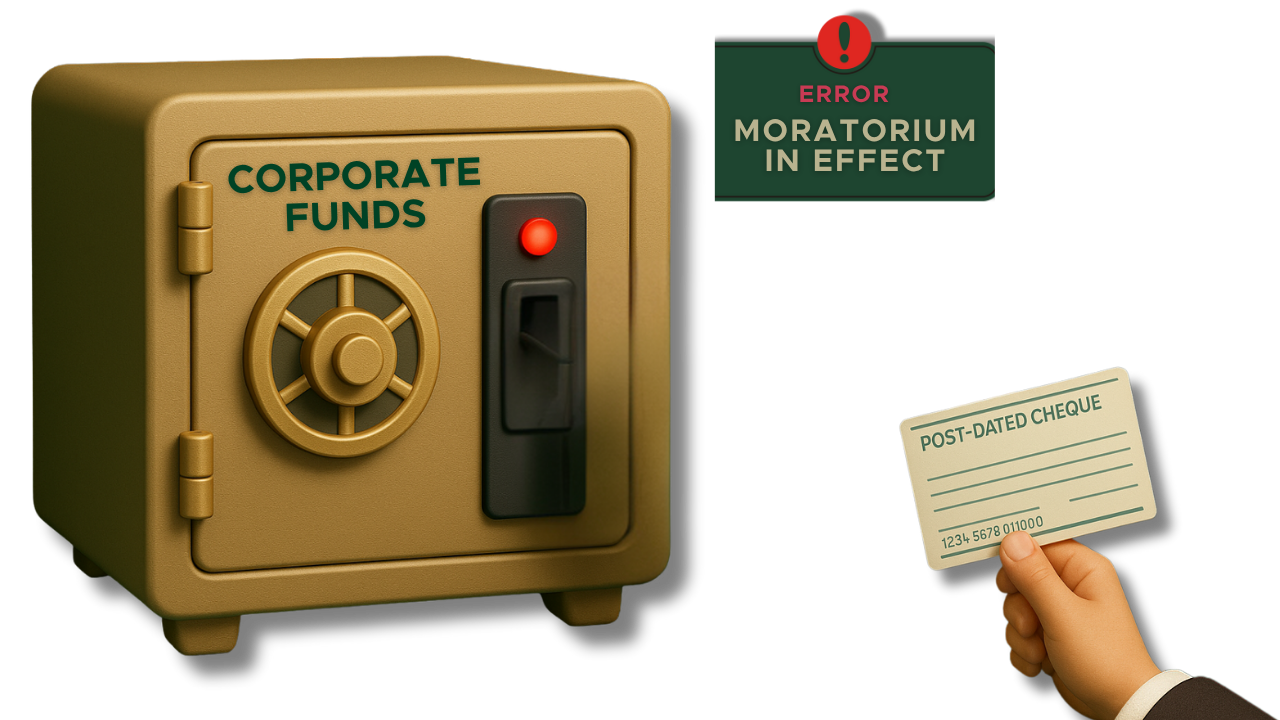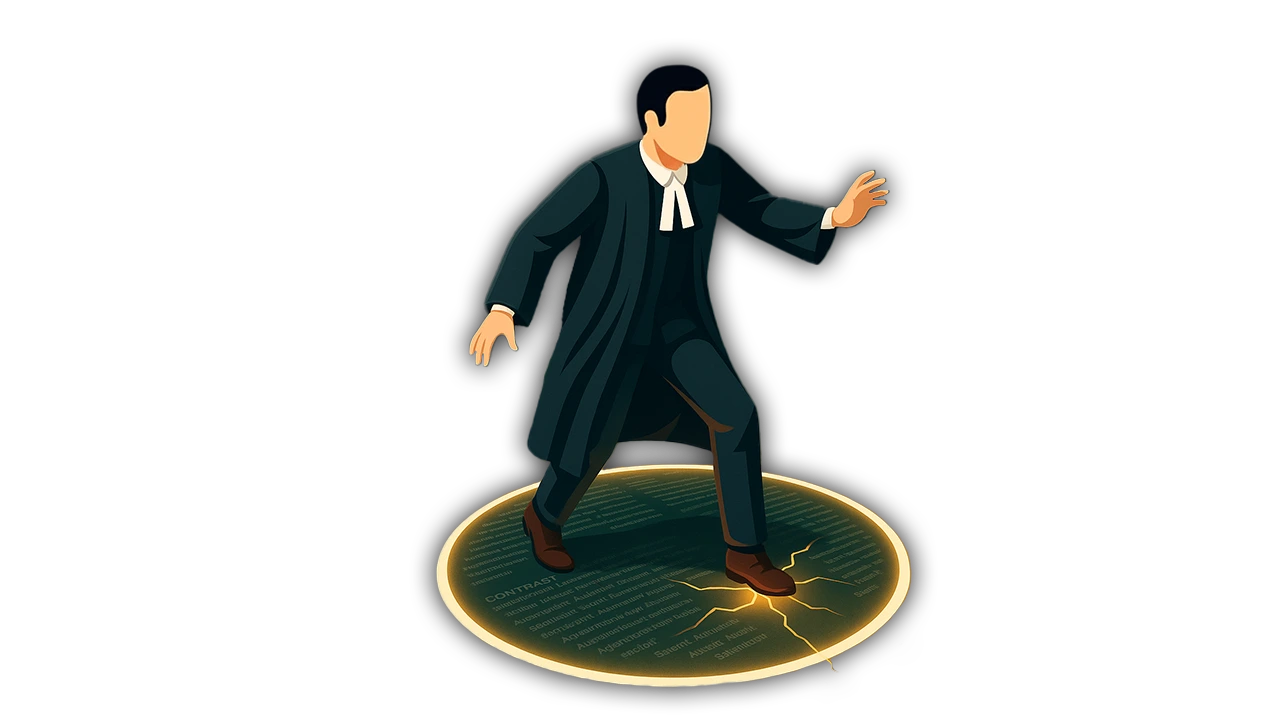Introduction
The hallowed reputation of Princeton University, a global symbol of academic excellence, recently found strong judicial vindication in the Delhi High Court. In a ruling that reinforces the protective sweep of India’s trademark law, the Division Bench delivered a powerful message: “trans-border reputation is a tangible right, capable of protecting global marks from local dilution.”
The case of The Trustees of Princeton University v. The Vagdevi Educational Society1 presented a classic David vs. Goliath scenario, pitting the Ivy League giant against a local educational society in Telangana that had operated under the identical “Princeton” name since 1991. The Single Judge had initially denied an injunction, finding that the University failed to prove prior use in India and that consumer confusion was unlikely. The Division Bench, however, meticulously set aside this verdict, granting a partial injunction and addressing several contested questions in Indian trademark law.
The core of the High Court’s judgment lies in its robust affirmation of key trademark doctrines, effectively holding that the well-known status of the Princeton mark transcended its lack of a physical campus in India.
The Court decisively expanded the interpretation of “use of a mark” under Section 2(2)(c)(ii) of the Trade Marks Act. It ruled that publicity materials and articles mentioning Princeton University, even if published by third parties and dating back to 1911, constitute ‘use’ of the mark because they are “statements about the availability, provision or performance of such services.” This crucial doctrinal move rescues protection for renowned marks whose proprietors do not engage in direct local advertising. The Court relied on precedents like N.R. Dongre v. Whirlpool2 and Milmet Oftho Industries v. Allergan Inc3. to establish that knowledge and reputation alone amount to use. Critically, by relying on Bolt Technologies v. Ujoy Technologies4, the Court held that the spillover of global reputation manifested in Indian students seeking out and travelling to access education at Princeton was sufficient to establish a real presence in the Indian market, thus conferring protection despite the absence of an actual domestic presence.
The Division Bench corrected the Single Judge’s misinterpretation of the burden of proof under Section 34. By accepting Princeton’s evidence of reputation dating back to 1911, the Court ruled that Princeton was both the prior user and the first registrant. Consequently, the protection afforded to the local Society ceased to apply, as its 1991 use was deemed subsequent to Princeton’s established reputation.
The Court rejected the argument that geographical and fee differences precluded confusion. It held that injury occurs through “initial interest confusion” and dilution of the mark. Citing Baker Hughes Ltd. v. Hiroo Khushlani5, the Court affirmed that the momentary confusion caused by the identical name the “vital and important part” of the University’s mark constitutes an actionable injury.
Princeton’s Conduct: The “Unclean Hands” Argument
The local Society mounted a strong defense by questioning the University’s conduct, highlighting the issues of delay and inconsistency. They pointed to the significant delay in filing the suit waiting two years after allegedly discovering the infringement in 2020, despite the Society’s mark being in use since 1991. More critically, they cited the inconsistency in Princeton’s legal stance: the University claimed use since 1911 during the litigation, which contradicted its trademark registry declaration of use starting only in 1996. Furthermore, having argued the distinctiveness of its logo to the Registry to secure registration, Princeton now claimed the word “Princeton” alone caused confusion in court.
Despite these tactical contradictions, the Court viewed Princeton’s conduct charitably. The Division Bench upheld the Single Judge’s view that the compelling, “substantial and impenetrable” evidence of earlier use since 1911 effectively overrode the ordinary rule regarding binding declarations in trademark applications. Similarly, the delay was deemed to be outweighed by the paramount interest in preventing the bad faith adoption of trademarks. While the Court did not penalise this tactical opportunism, a potential missed opportunity to address the practice of arguing one thing to gain registration and another to claim infringement, it ultimately prioritized the protection of the well-known mark.
Conclusion
Despite its comprehensive, nearly 50-page analysis establishing Princeton University’s prima facie case, the Court demonstrated striking pragmatism by refusing to impose a full injunction. This calculated restraint stemmed from the “balance of convenience” weighing heavily in favor of minimizing disruption. The Court recognized that the local Society, having operated for over three decades and established its own localized reputation, would face a disproportionate and severe crisis from a complete shutdown. Thus, while the judgment successfully drew a line in the sand—restraining the Society from opening any new institutions using the mark—it allowed the existing schools to continue operating . This decision is a profound example of the judiciary configuring the complex dynamics between international trademark rights and established local enterprises, granting the least disruptive remedy to protect the global brand from further dilution.
Citations
- The Trustees of Princeton University v. The Vagdevi Educational Society FAO(OS) (COMM) 239/2023
- N.R. Dongre v. Whirlpool (1996) 5 SCC 714
- Milmet Oftho Industries v. Allergan Inc. (2004) 12 SCC 624
- Bolt Technologies v. Ujoy Technologies SCC OnLine Del 7565
- Baker Hughes Ltd. v. Hiroo Khushlani (2004) 12 SCC 628
Expositor(s): Adv. Archana Shukla






